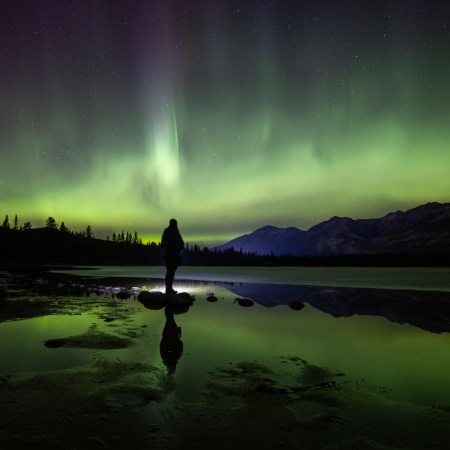Instagram is great for at least three things: those videos of recipes that will definitely clog your arteries, plagiarised jokes and pictures of up-and-coming models wearing as little as the app’s terms and conditions will allow them to.
You can thank photographer Brooke Olimpieri, aka Filthy Mouth Creative, for at least one of those things. What we love most about Olimpieri is that she only uses film, an expensive, old-school method that yields eye-popping results. It’s an admirable trait in the age of “F*** it, we’ll fix it in post.”
“The model always asks if I can make their butt look a certain way,” she says. “And I’m like, ‘Nope. Let’s just make your pose right.’”
She’s a lady we think you should follow, and we recently chatted with her about shooting on film, the allure of the ‘70s and why Photoshop is bulls***.
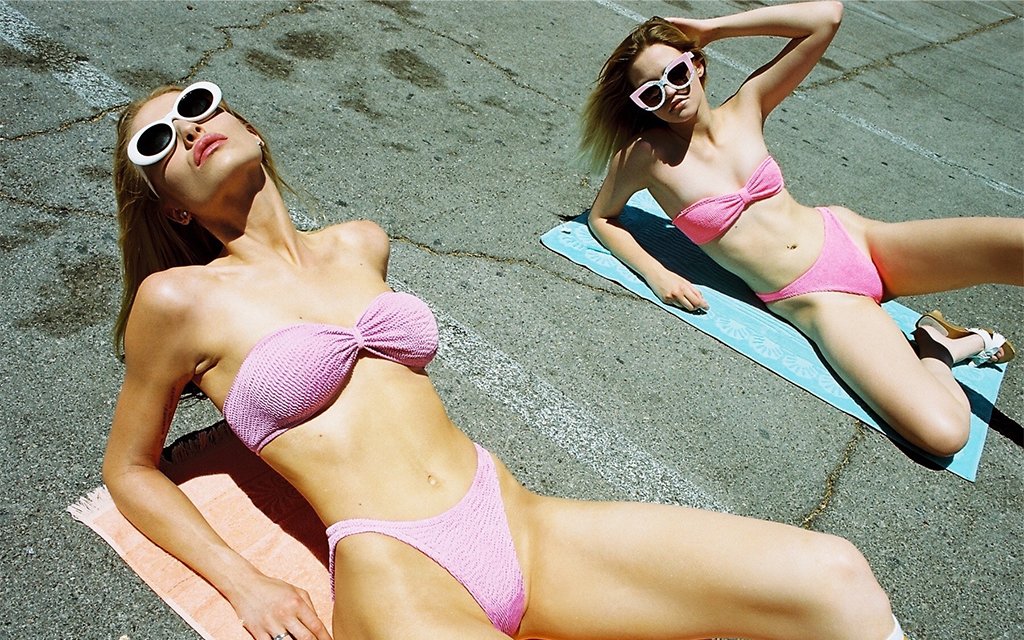
InsideHook: How did you end up in Las Vegas?
Brooke Olimpieri: I actually followed a boyfriend here from Oregon. As soon as we broke up I was going to leave — the heat, the lameness of Vegas, the lack of anything remotely green — but then I met my future husband and we’ve been together 11 years.
IH: What’s the story behind Filthy Mouth?
BO: Soon after I met him I started making my own clothes fashioned after the ‘70s and ‘80s. Friends asked me to make some for them. Then I made them for clubs (Rain, Moon, Ghostbar, SLS Miami) and Filthy Mouth was born (the name comes from her husband, who claims she swears like a sailor). I was working with local photographers in Vegas for my shoots, but it was hard to find good ones because while Vegas does have cool things, when it comes to artists, it’s either really weird or too expensive. My photographer friends gave me tips. It started out where I was just shooting behind a plain white backdrop for my website to put new product (up). Then I started experimenting, and I loved shooting so much that I didn’t want to make clothes anymore.

IH: Why did you start shooting with film?
BO: I was going through my closet one day and found this 35mm camera that my dad had given me in high school. I started shooting with it and the pictures came back looking so dope that I decided to only shoot film, even though it costs so much money. There’s something about not knowing how good the picture is. You don’t know. It makes it more of a gamble, but you have to put more thought into what you’re doing to ensure good work. When I get a roll back, at least 50 percent of the shots are 10s, and how many more 10s do you need?
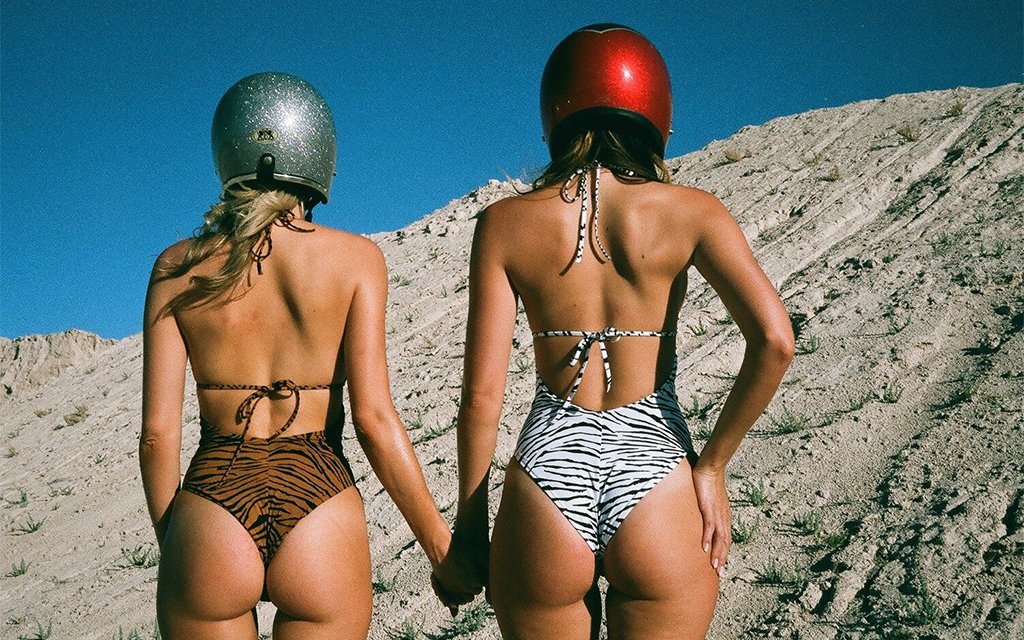
IH: Is it hard to ensure quality without using Photoshop in this day and age?
BO: If I get a big job, I’m very clear about what they’re looking for and we work hard to select the right model and the right looks for the shoot. People want girls to look a certain way, so I try to hire a model that looks that way rather than have them tell me after how they wanted the model to look. Plus, I think all that Photoshopping stuff is bullshit. Let’s be real. Let’s have the clothes look right the first time and the model look right the first time. There’s plenty of models out there for your specific needs. Hire right and get it done.
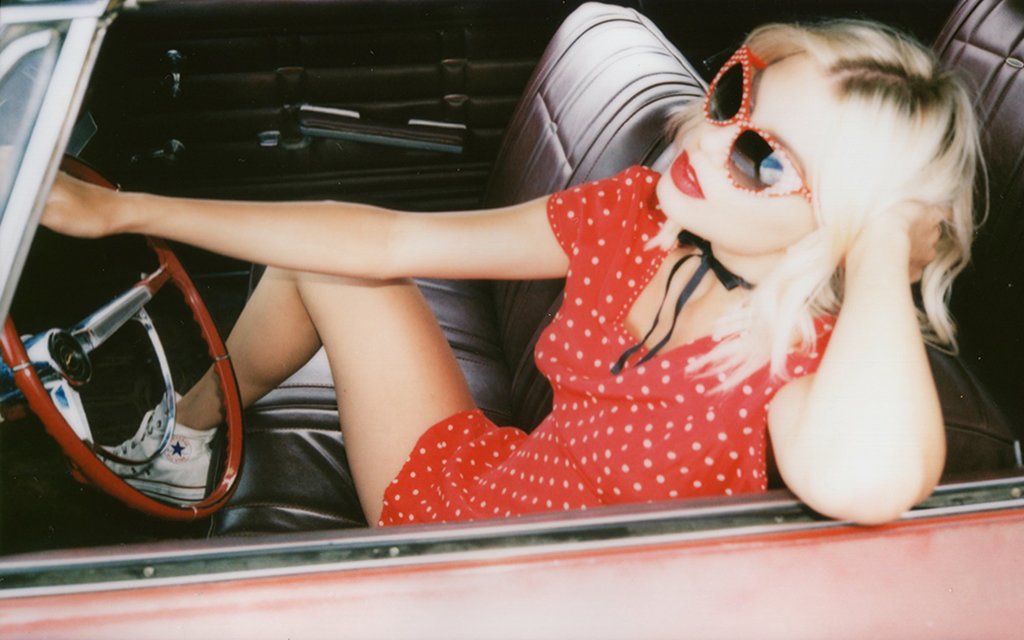
IH: You lean toward a vintage ‘70s and ‘80s feel in your work. Why do you love that era?
BO: I grew up then, and that’s the era I love. I love Salt N Pepa and I love Vanilla Ice and I love the feeling of all of that stuff mixed in with ‘70s rock ‘n’ roll. It’s just fun.
IH: Do you think the current era isn’t fun?
BO: It’s fun. But it’s not distinctive like those eras were. I’m reading this fantastic book called Big Magic for creative types. The author, Elizabeth Gilbert, talks about how no idea is original, which I agree with. People are always copying each other and using each other for inspiration, which I totally think is fine. Everybody looks through the same magazines, watches the same stuff on TV and has a record player again; that’s the thing to do. It’s circular. We’re appreciating the things our parents had and having fond memories of our past.
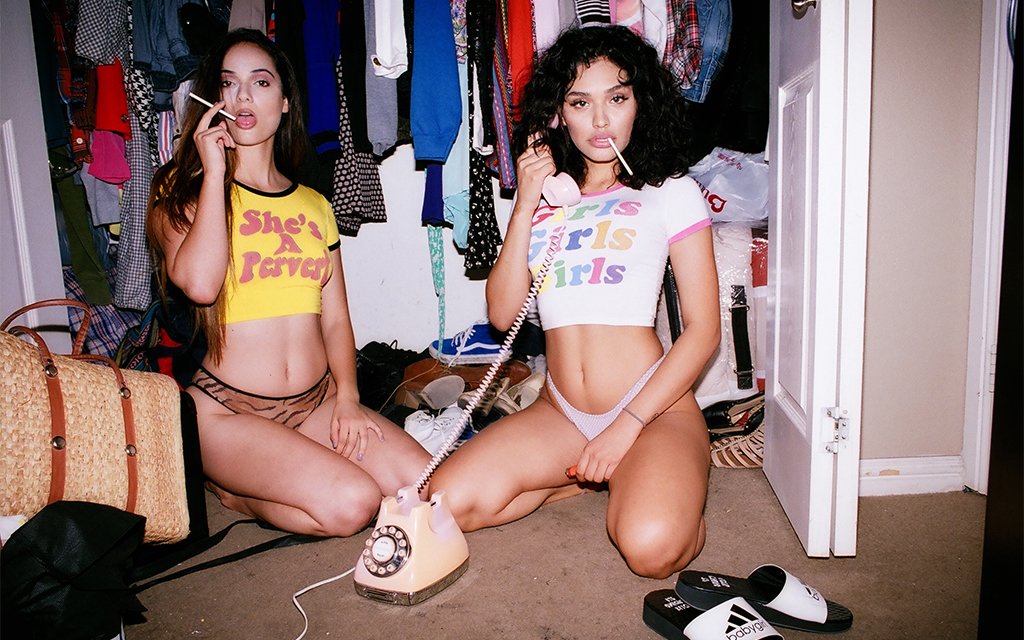
IH: Sure, there’s a nostalgia aspect: remembering a simpler time, etc. But also, maybe this rehashing of old ideas stems from a reluctance to try new things by risk-averse people and businesses. You certainly see that in movies. Do you agree?
BO: I think a lot of the best things in terms of products and clothing have (already) been done perfectly. I noticed that with making clothing — asking, “How can I change this and make it better?” — I found myself chasing what I thought the consumer wanted instead of creating things I wanted. When I chased what I wanted, I sold more. And what I wanted to wear are these classic designs.

IH: Does that translate to your photography?
BO: Absolutely. I storyboard, but I also let things happen, and I try to steer brands away from recreating an exact image and just let it happen naturally, because you’ll never get the same feeling from something that’s an exact copy. But you can follow the spirit of it. There are new ways to do old things.
This article was featured in the InsideHook newsletter. Sign up now.
